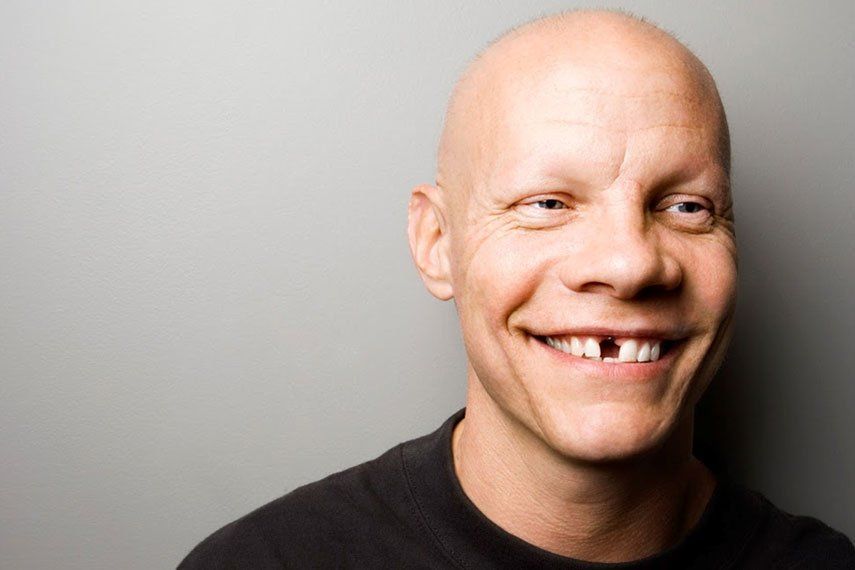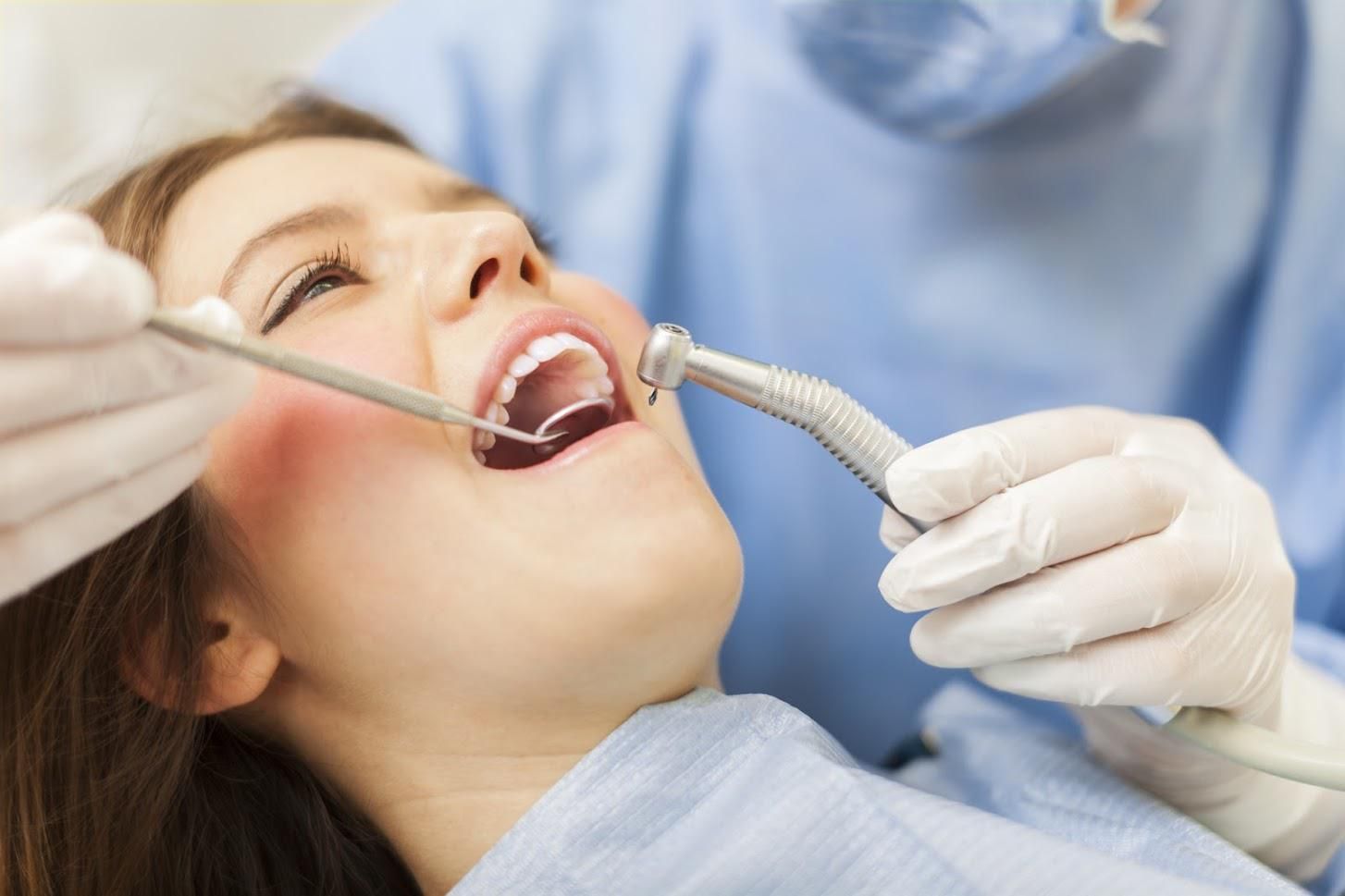Do You Avoid the Dentist? 3 FAQ for You
websitebuilder • October 15, 2021

At-home oral healthcare is incredibly important, but you should also see the dentist regularly. Unfortunately, many people avoid visiting the dentist for various reasons. If you haven't seen the dentist in a few years, you may have a lot of questions. If you would like to know more, check out these three commonly asked questions.
1. How Often Should You See the Dentist?
The average suggestion is to visit your dentist twice a year for an exam and cleaning. In fact, most dental insurance policies will cover a new cleaning once every six months. Since this is preventative care, the copay is often waived on these services so you can get treatment without any out-of-pocket expenses.
If you have particularly good oral health, and your teeth are strong and healthy, you may only need to visit the dentist once a year. However, some people may need to see the dentist more often than twice a year. This includes people who smoke, have diabetes, and have gum disease.
These conditions increase the risk of tooth decay by preventing blood flow and healing. Women who are pregnant should also visit the dentist more often.
2. What Should You Expect at Your Appointment?
An average cleaning consists of removing tartar and plaque above the gumline and between teeth. However, if you haven't been to the dentist in a few years, you may need a deep cleaning. With deep cleaning, the dentist also removes debris from below the gumline.
Given the nature of the procedure, this can cause some mild discomfort, so your dentist may numb the area. After the debris is gone, the dentist may perform scaling. Scaling involves smoothing the tooth below the gumline. This helps prevent bacteria and plaque from getting trapped by the rough patches.
Depending on the overall health of your gums, the dentist may also measure the pockets. Pockets refer to the space between the gums and teeth. The bigger the pocket, the easier debris can become trapped. This is also a symptom of gum disease. You can shrink pockets by keeping your teeth clean and your gums healthy, but if your dentist suspects gingivitis, they may also provide antibiotic treatments like mouth rinses.
3. Is It Too Late to Save Your Teeth?
Going to the dentist after a long time can be scary because you may fear saving your teeth is impossible. However, many restorative and cosmetic procedures can give you a beautiful and healthy smile. Dentists can remove cavities and replace them with fillings. Even a big cavity is removable, but you may need a crown to strengthen the tooth.
In fact, crowns are a great option if you have weak teeth because crowns strengthen the teeth. If your teeth are strong but chipped or stained, you can get veneers. These cover your front teeth to make them look perfect.
Even a tooth that has lost a large portion of tissue may be savable. The dentist may be able to rebuild the core and save the tooth. This may not be recommended for molars. Again, you will need a crown to strengthen the tooth.
Finally, in cases of severe decay, infection can set in. When the infection attacks a tooth, it can lead to an abscess and death of the tooth root. If infection attacks the gums, this can lead to gum disease. Luckily, even in the cases of severe gum disease, some procedures can repair your smile, such as gum grafts and gum flap surgery.
If you haven't been to the dentist in a while, make an appointment. If you're anxious, talk to your dentist about sedation dentistry. If you would like to know more, contact us at Jeffrey L. Erwin DDS today.
1. How Often Should You See the Dentist?
The average suggestion is to visit your dentist twice a year for an exam and cleaning. In fact, most dental insurance policies will cover a new cleaning once every six months. Since this is preventative care, the copay is often waived on these services so you can get treatment without any out-of-pocket expenses.
If you have particularly good oral health, and your teeth are strong and healthy, you may only need to visit the dentist once a year. However, some people may need to see the dentist more often than twice a year. This includes people who smoke, have diabetes, and have gum disease.
These conditions increase the risk of tooth decay by preventing blood flow and healing. Women who are pregnant should also visit the dentist more often.
2. What Should You Expect at Your Appointment?
An average cleaning consists of removing tartar and plaque above the gumline and between teeth. However, if you haven't been to the dentist in a few years, you may need a deep cleaning. With deep cleaning, the dentist also removes debris from below the gumline.
Given the nature of the procedure, this can cause some mild discomfort, so your dentist may numb the area. After the debris is gone, the dentist may perform scaling. Scaling involves smoothing the tooth below the gumline. This helps prevent bacteria and plaque from getting trapped by the rough patches.
Depending on the overall health of your gums, the dentist may also measure the pockets. Pockets refer to the space between the gums and teeth. The bigger the pocket, the easier debris can become trapped. This is also a symptom of gum disease. You can shrink pockets by keeping your teeth clean and your gums healthy, but if your dentist suspects gingivitis, they may also provide antibiotic treatments like mouth rinses.
3. Is It Too Late to Save Your Teeth?
Going to the dentist after a long time can be scary because you may fear saving your teeth is impossible. However, many restorative and cosmetic procedures can give you a beautiful and healthy smile. Dentists can remove cavities and replace them with fillings. Even a big cavity is removable, but you may need a crown to strengthen the tooth.
In fact, crowns are a great option if you have weak teeth because crowns strengthen the teeth. If your teeth are strong but chipped or stained, you can get veneers. These cover your front teeth to make them look perfect.
Even a tooth that has lost a large portion of tissue may be savable. The dentist may be able to rebuild the core and save the tooth. This may not be recommended for molars. Again, you will need a crown to strengthen the tooth.
Finally, in cases of severe decay, infection can set in. When the infection attacks a tooth, it can lead to an abscess and death of the tooth root. If infection attacks the gums, this can lead to gum disease. Luckily, even in the cases of severe gum disease, some procedures can repair your smile, such as gum grafts and gum flap surgery.
If you haven't been to the dentist in a while, make an appointment. If you're anxious, talk to your dentist about sedation dentistry. If you would like to know more, contact us at Jeffrey L. Erwin DDS today.













